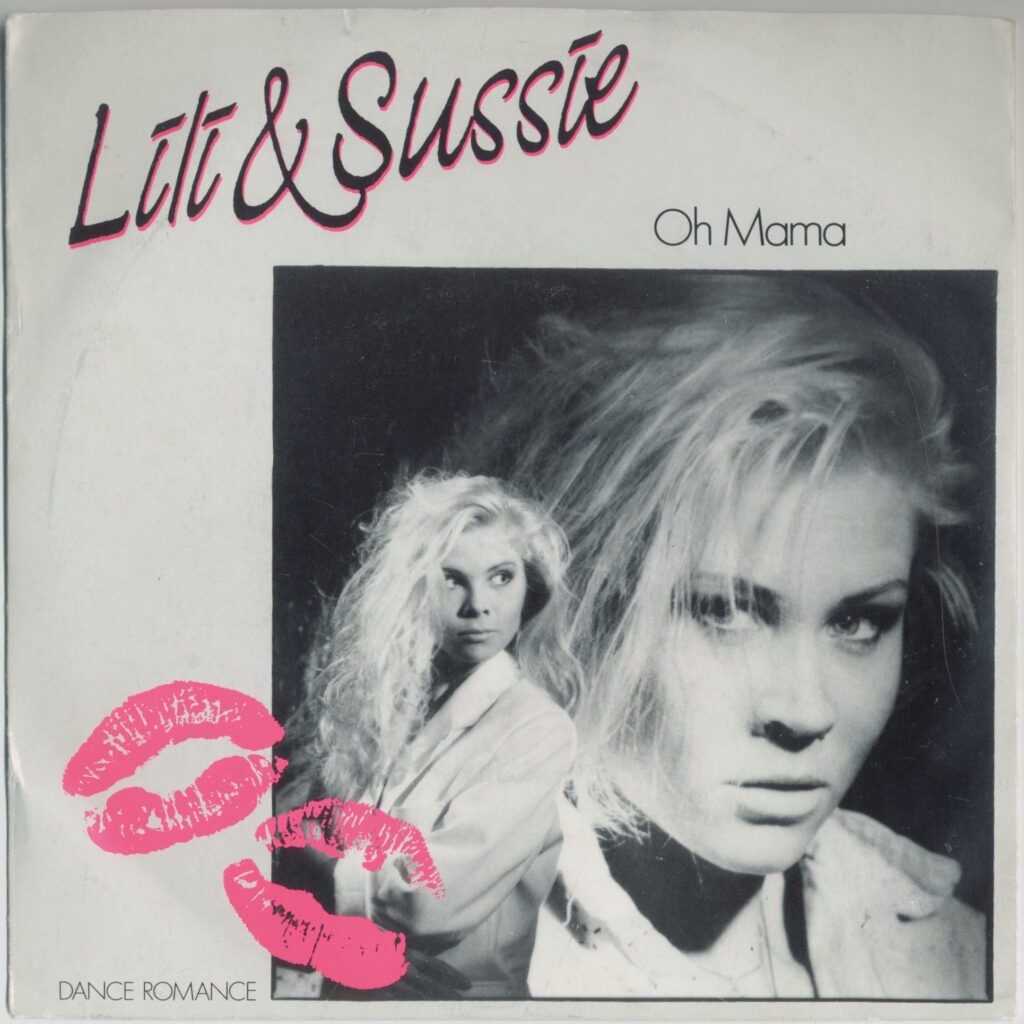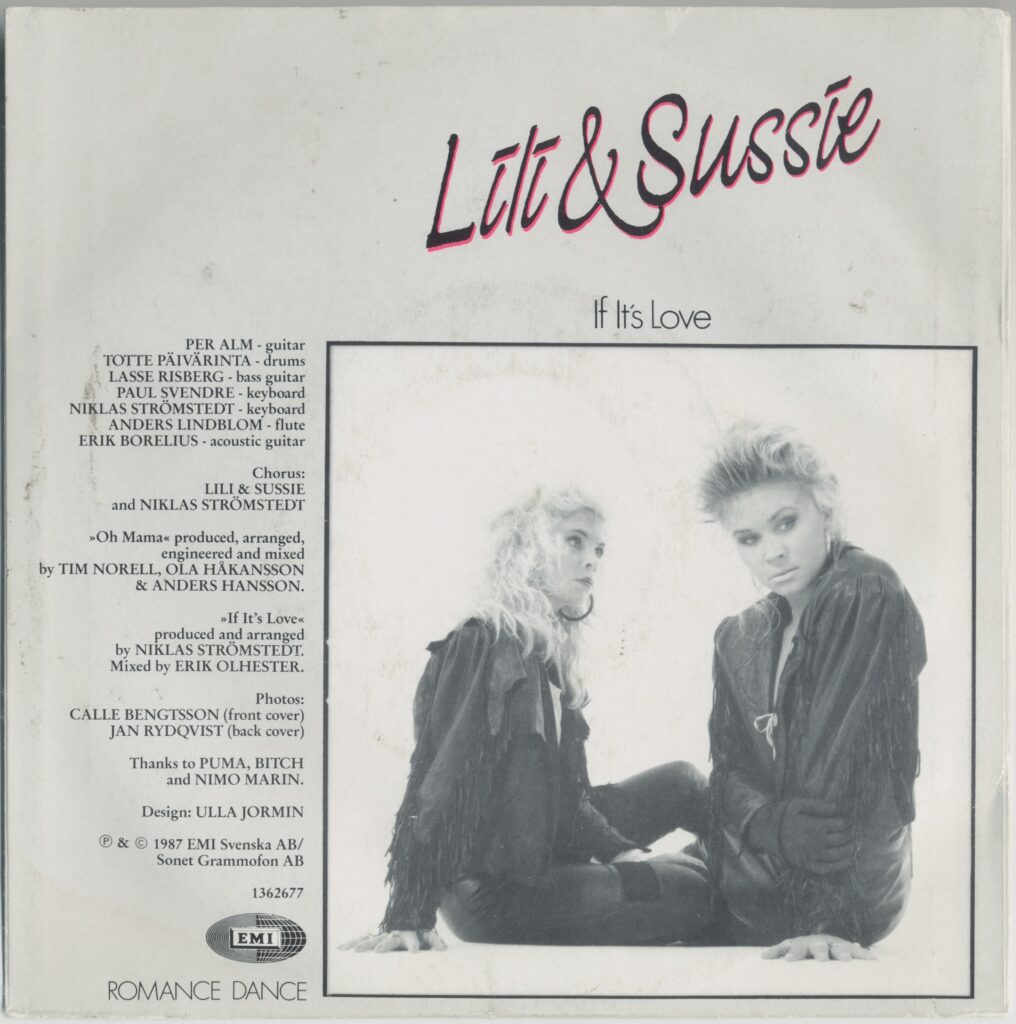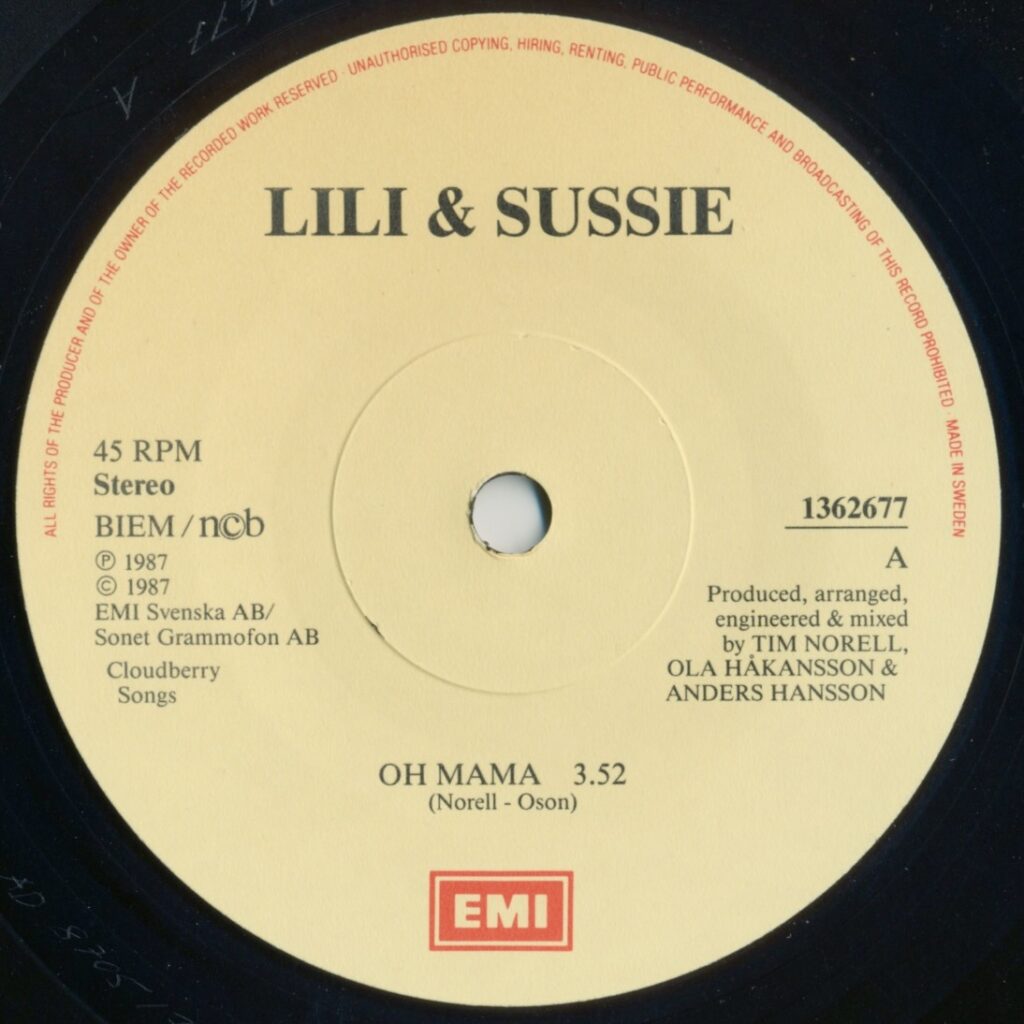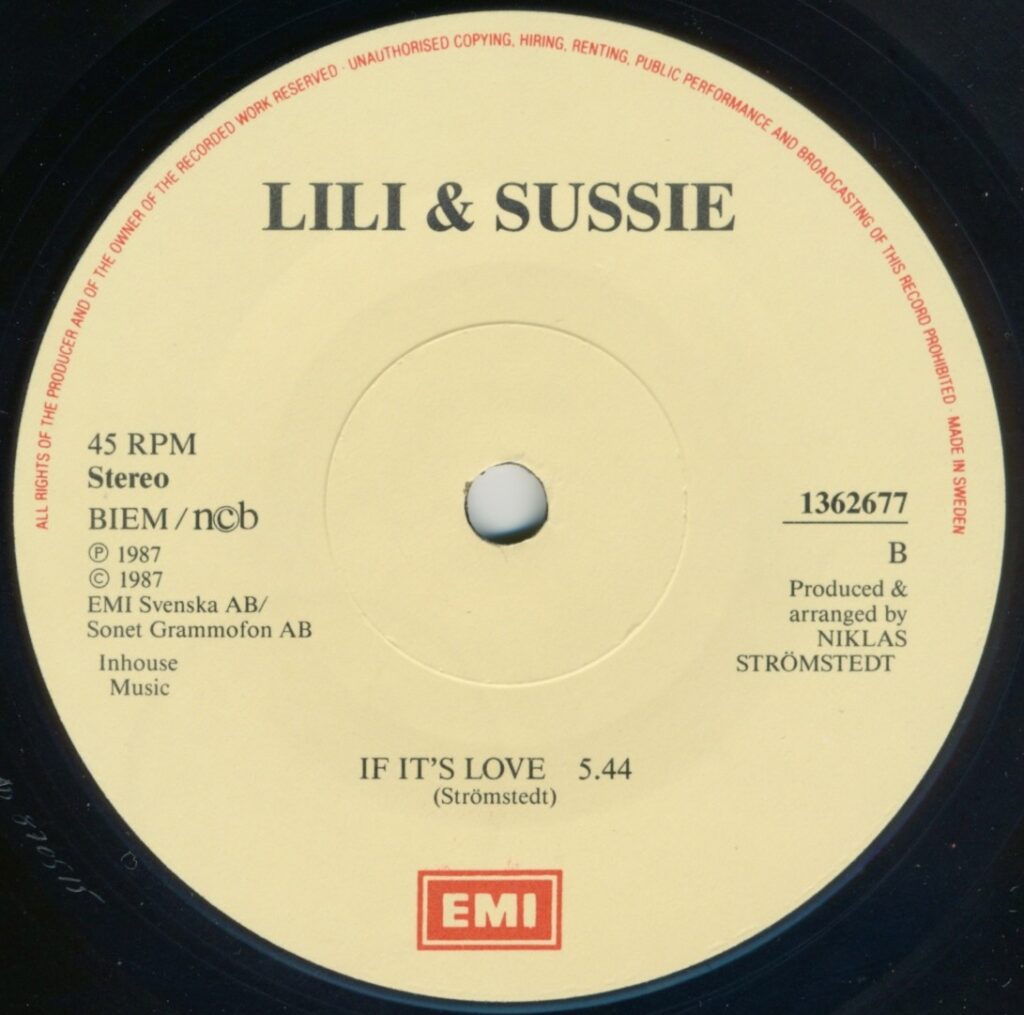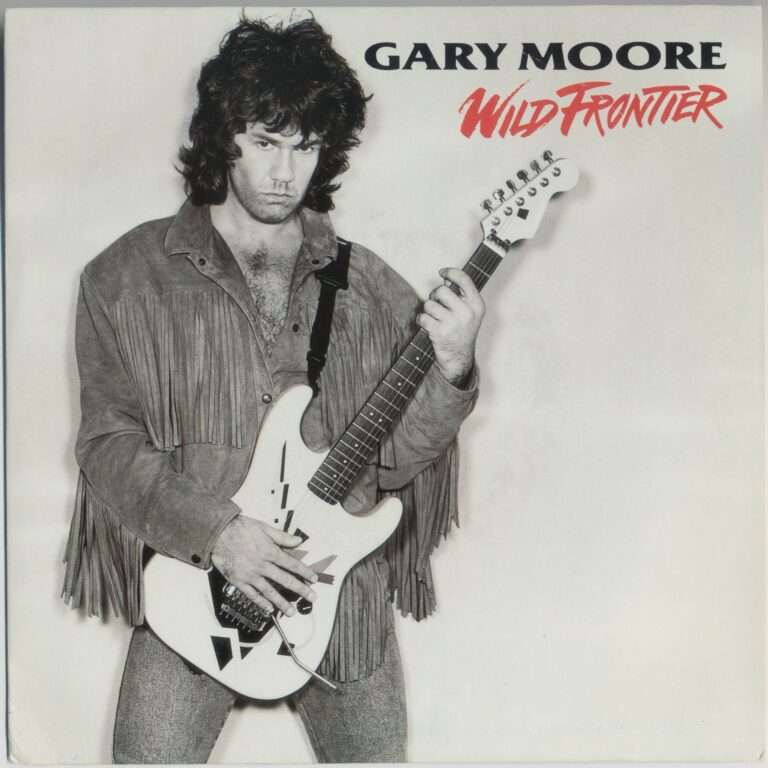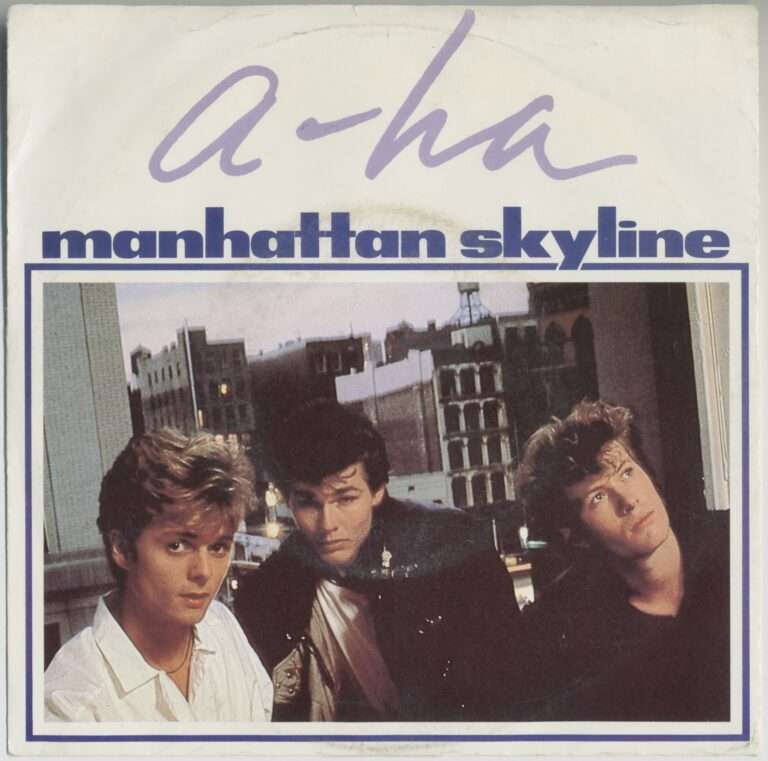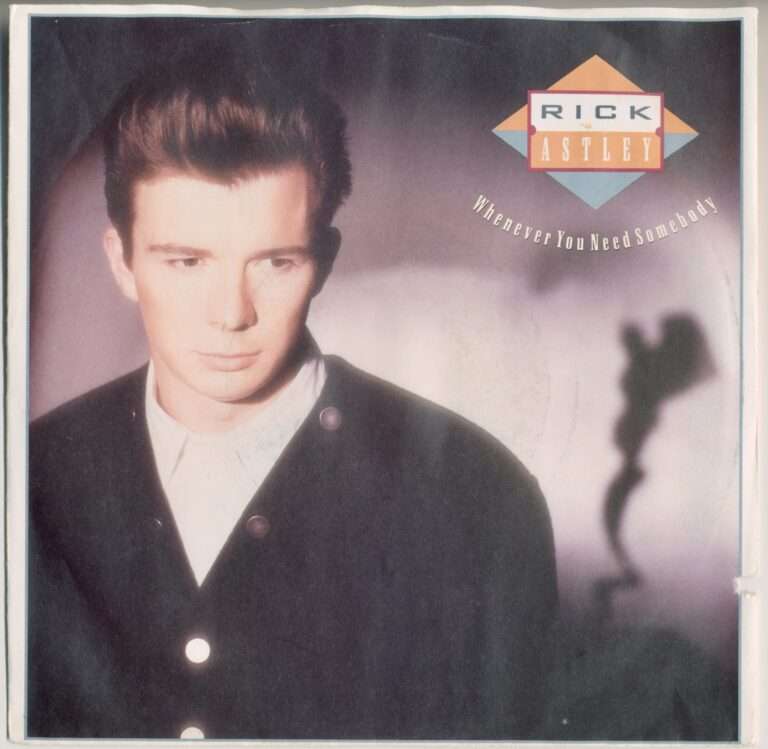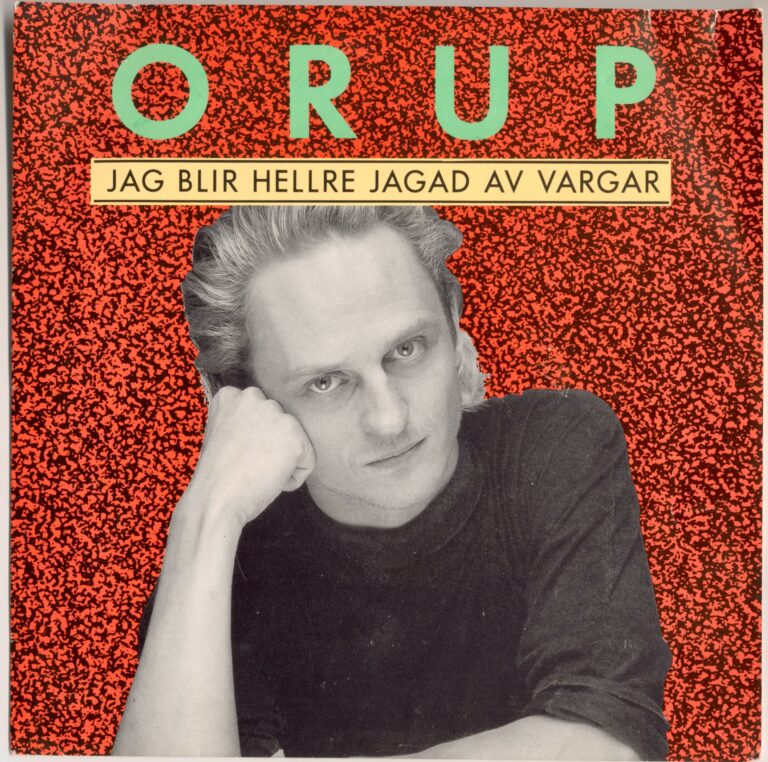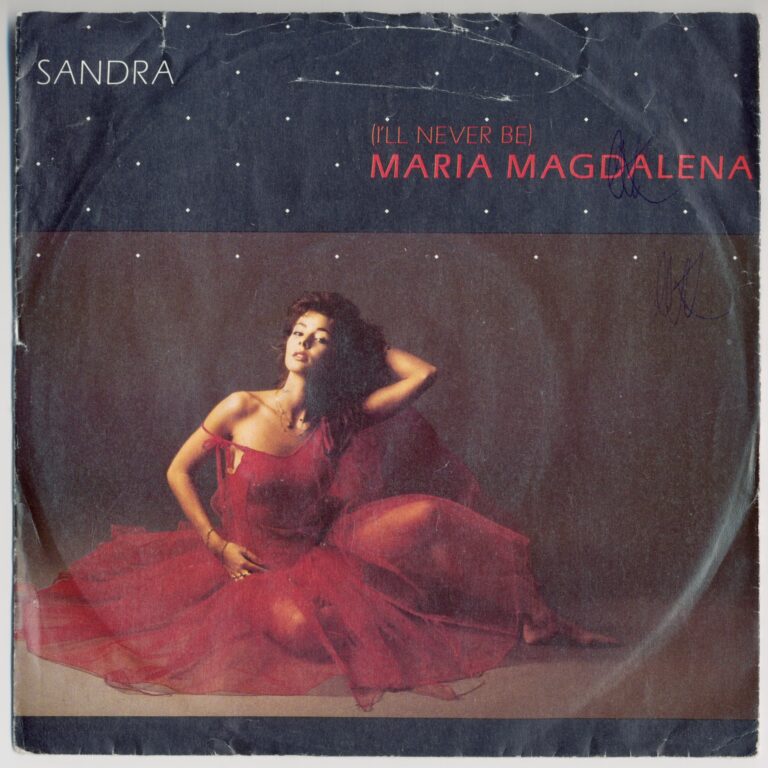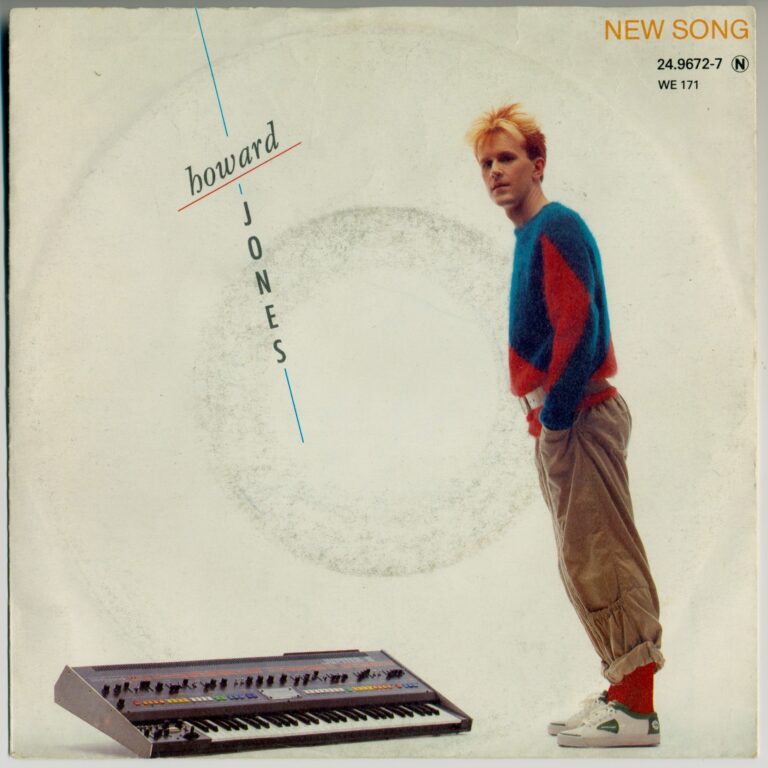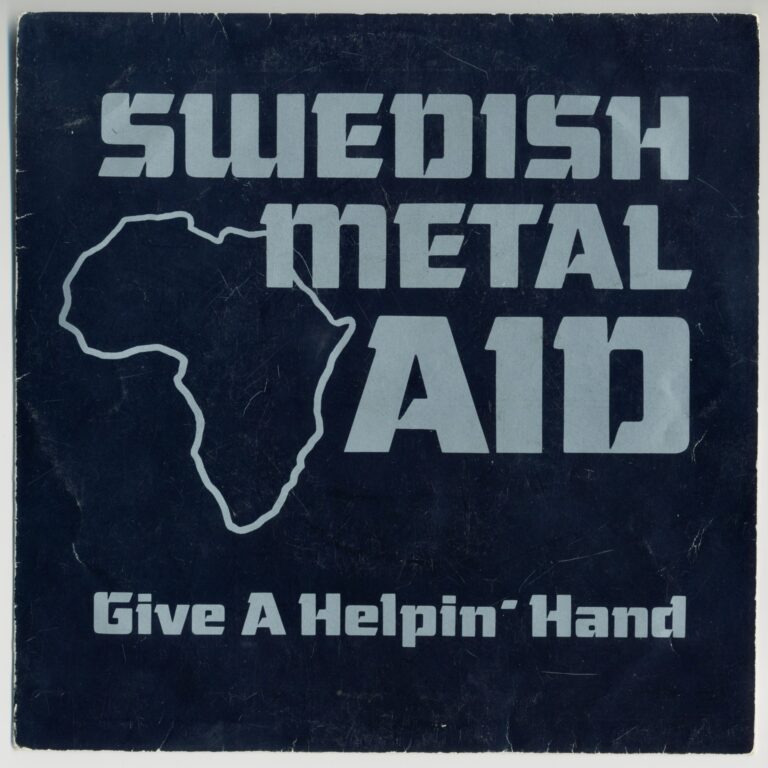In the vibrant, synth-soaked soundscape of the late 1980s, a song emerged from Sweden that would etch itself into the nation’s collective memory: Lili & Sussie’s “Oh Mama.” More than just a catchy tune, it became a cultural phenomenon, a testament to the irresistible power of pop, and a curious case of missed global opportunities.
Imagine 1987. Sisters Lili and Sussie Päivärinta, fresh from Stockholm’s Södermalm district, were on the cusp of something big. Their earlier endeavors, including a less successful debut album and the Italo Disco-infused “Candy Love” that found its rhythm in Mediterranean dance clubs, were merely the groundwork. “Oh Mama” was destined to be their magnum opus, strategically released as the second single from their Dance Romance album to capitalize on growing anticipation.
The genesis of “Oh Mama” is a tale of delightful serendipity. Tim Norell, one of the song’s writers and producers, initially composed an instrumental demo so unusual that his colleague, Ola Håkansson, playfully dubbed it “toklåten,” or “the crazy song”. It was this “crazy song” that, with Håkansson’s heartfelt lyrics and Anders Hansson’s meticulous programming, blossomed into a “super mega hit”. There’s a beautiful moment Norell recalls from the final mixing stages: two night guards, drawn by the irresistible melody, paused and declared, “It feels like we are experiencing something historical!”. This wasn’t just a song; it was a premonition of pop destiny.
“Oh, mama, can’t you tell? / Oh, mama, can’t you tell? / If he wants my love, will he ring my bell?”
And a destiny it was, at least in Sweden. “Oh Mama” wasn’t just a hit; it “exploded”. It soared to the top of the Swedish singles chart, Sverigetopplistan, and held a formidable presence in the Top Five for six remarkable weeks. It also commanded the airwaves, peaking at number 3 on the influential Swedish radio chart, “Trackslistan,” and landing at number 22 on the year-end list for 1987. The reason for its pervasive appeal? As Tim Norell observed, “Everybody, children and grown up people, could sing the Oh Mama refrain!”. Its lyrical simplicity, revolving around youthful infatuation and a yearning for maternal reassurance (“Oh Mama Can’t you tell, If he wants my love, will he ring my bell?”), resonated deeply across all ages, becoming an instant sing-along anthem.
The small screen played a pivotal role in its meteoric rise. Lili & Sussie’s electrifying performance on the popular Swedish TV program “Listan,” famously featuring dancer Ankie Bagger, propelled “Oh Mama” into the national consciousness. In an era before ubiquitous music video channels, these televised appearances were the ultimate visual marketing, transforming a catchy tune into a national sensation.
Yet, despite its undeniable Swedish triumph, “Oh Mama”‘s global superstardom was a dream deferred, largely due to two intriguing strategic missteps. First, a missed opportunity: the duo chose a small gig in Arvidsjaur over a major European TV pop show, sacrificing pan-European exposure. Second, and perhaps more dramatically, came the ill-fated attempt to impress American record executives at Stockholm’s Gröna Lund amusement park. The sisters, then exploring a penchant for hard rock, re-arranged “Oh Mama” into a heavy metal version. The result? The executives left immediately, and as Norell succinctly put it, “No contracts of course!”. This artistic detour, though perhaps a reflection of their evolving tastes, proved to be a critical juncture, effectively containing “Oh Mama”‘s profound impact largely to Sweden and parts of Europe.
Despite the absence of extensive critical reviews—perhaps a sign that its overwhelming public embrace spoke for itself —the song’s enduring appeal is undeniable. Its melodic strength transcended its Europop origins, finding new life in unexpected places. Swedish rock bands like Sator (1988) and Strebers (1993) covered “Oh Mama,” reinterpreting its infectious pop into alternative rock and punk. This cross-genre embrace highlights the song’s inherent quality, proving it was more than just a fleeting 80s trend.
Today, decades later, “Oh Mama” remains a cherished anthem, a vibrant snapshot of 1980s Scandinavian music, and a testament to Lili & Sussie’s lasting impact on Swedish pop culture. And the sisters continue to perform, connecting with their audience, even with concert dates listed as recently as June 2024. “Oh Mama” isn’t just a song; it’s a shared memory, a cultural touchstone that still brings a smile to the faces of Swedes, young and old.
My copy: 7″, 45 RPM, Sweden, 1987, EMI
Trackslistan (Swedish radio chart): 6 weeks, peaked at #3, #22 on year-end list 1987

